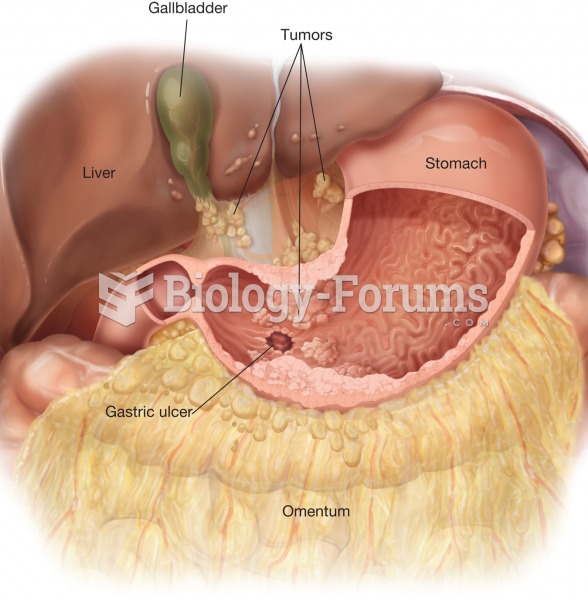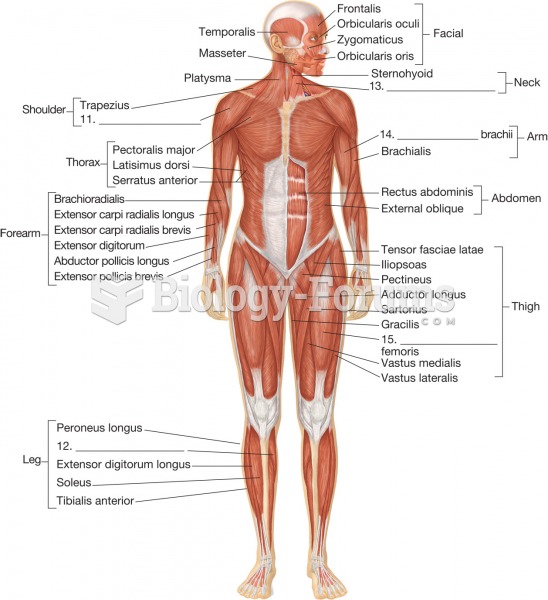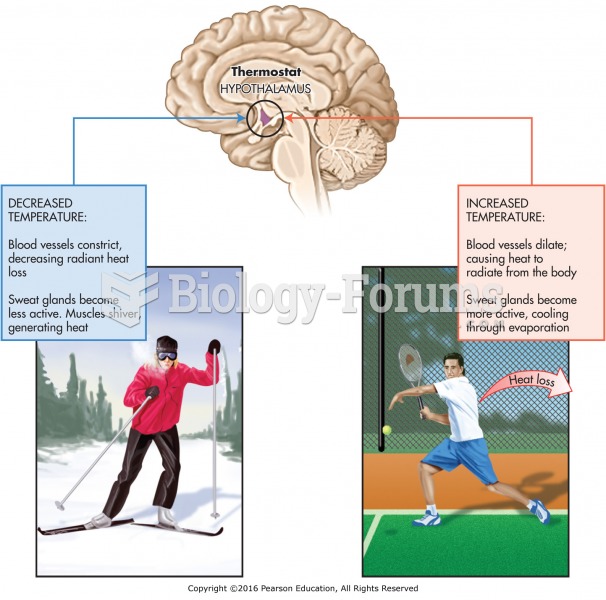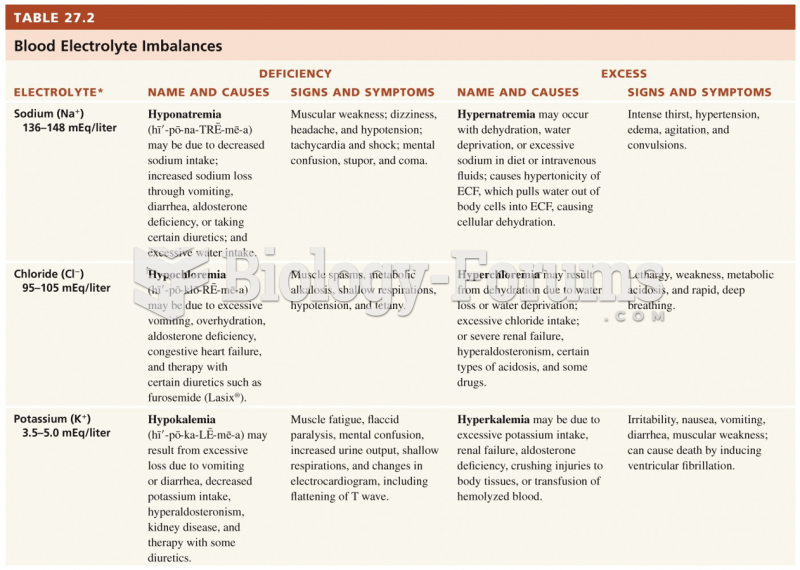|
|
|
Did you know?
Medication errors are three times higher among children and infants than with adults.
Did you know?
About 3.2 billion people, nearly half the world population, are at risk for malaria. In 2015, there are about 214 million malaria cases and an estimated 438,000 malaria deaths.
Did you know?
Illicit drug use costs the United States approximately $181 billion every year.
Did you know?
About 600,000 particles of skin are shed every hour by each human. If you live to age 70 years, you have shed 105 pounds of dead skin.
Did you know?
Earwax has antimicrobial properties that reduce the viability of bacteria and fungus in the human ear.







